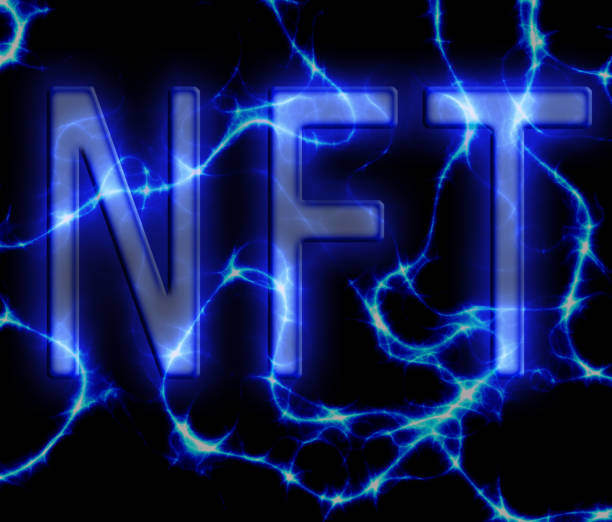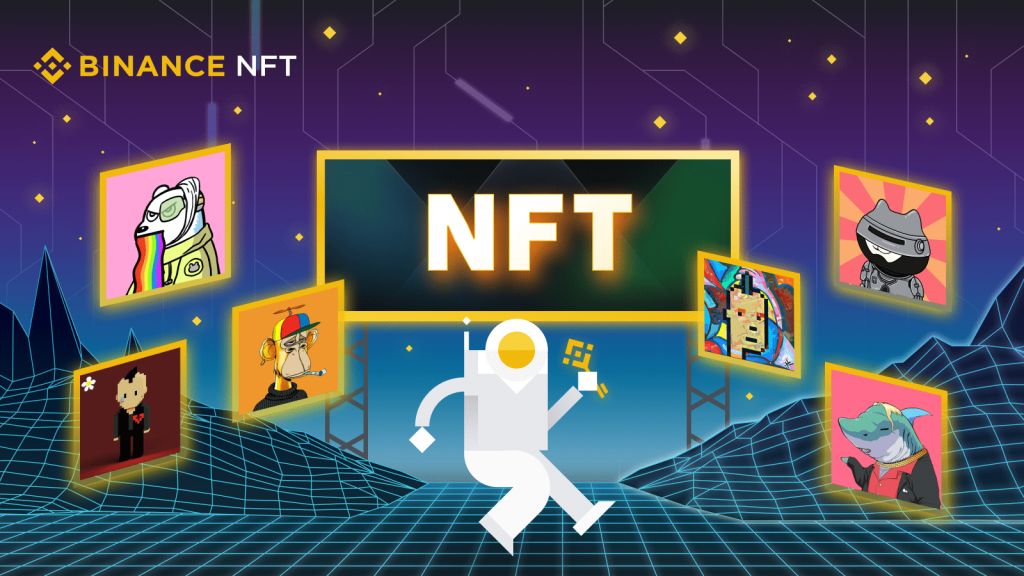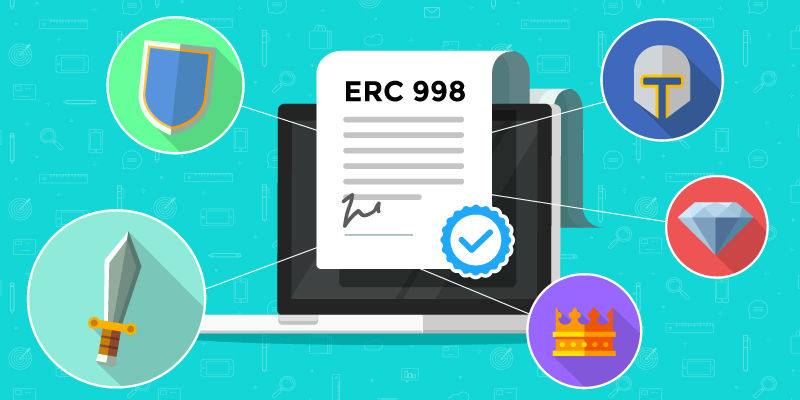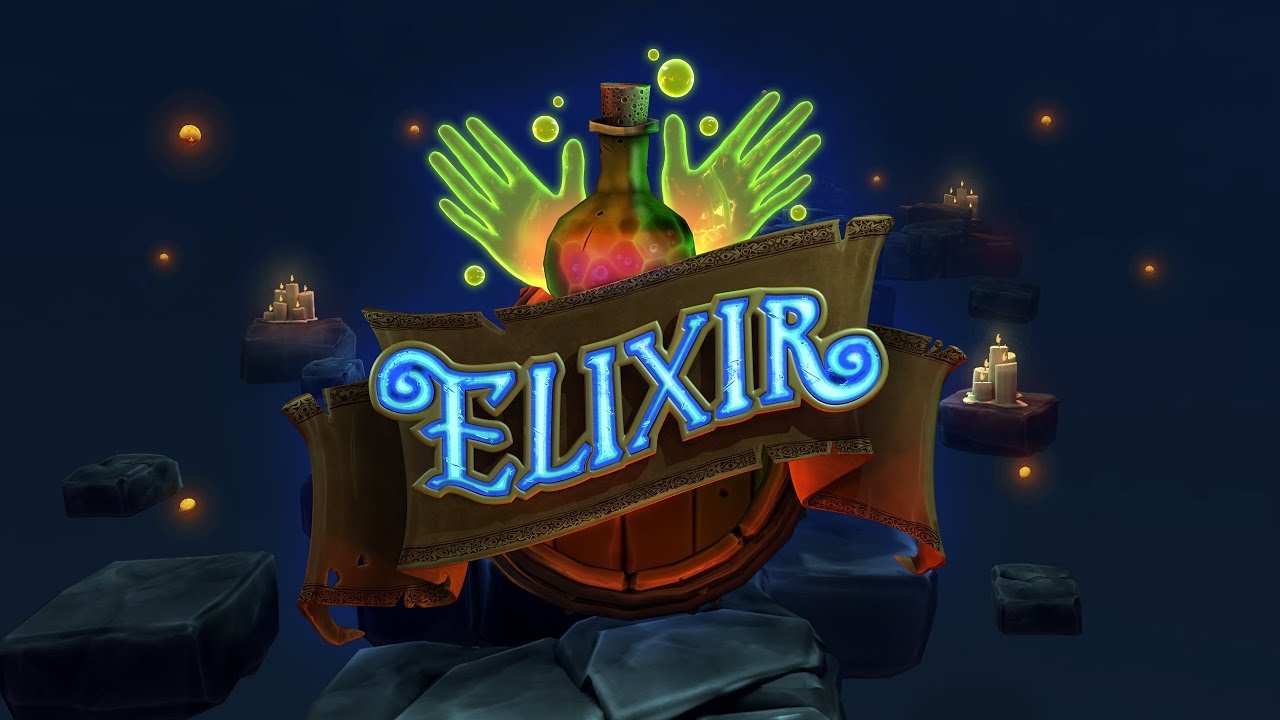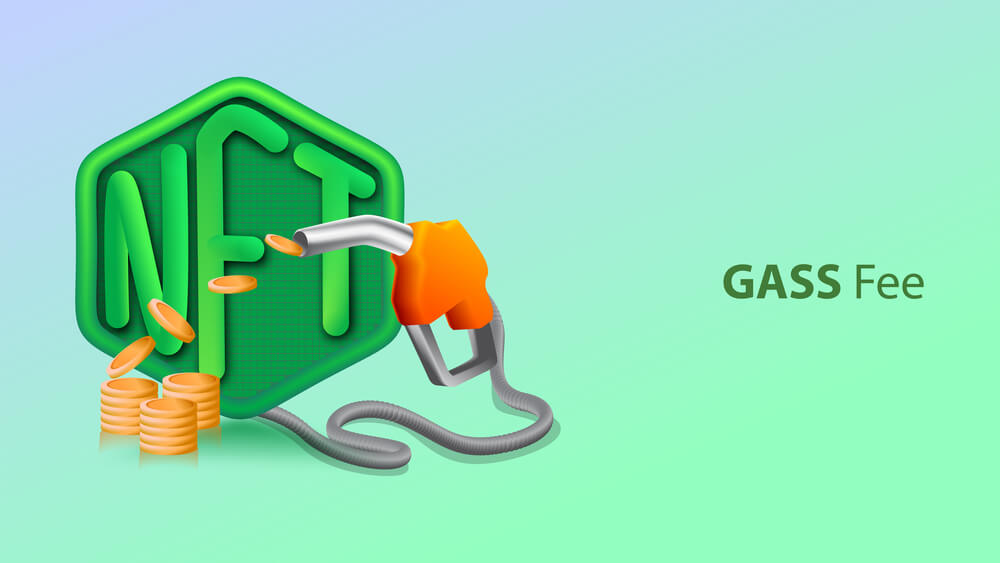Nonfungible tokens (NFTs) have been key in revolutionizing the crypto sector in 2021. The innovation in the NFT space appears to be moving as fast as the prices involved. Some of the most recent and notable developments are highlighted by analysts and enthusiasts.
In this space, volatility is the name of the game amid the steep ups and downs in valuations and volumes. However, there seems to be a new trend that is developing in the budding industry.
For most investors, acquiring an NFT is similar to casting a hook into opaque water and hoping that a big fish will bite. For instance, when the Bored Ape Yacht Club got listed, some buyers said: “They look cool” and “The community is really strong and dedicated.”
However, those are not entirely hard valuation metrics that can be readily backtested. These statements can also not be applied across all assets thriving in the NFT marketplace. Currently, holder statistics and community activism are crucial features to consider when buying NFTs. However, the initial buying and hope that one will turn a profit is mere speculation.
In recent weeks, many projects have noted that they need to offer more or commit to giving their holders more through their roadmaps or decentralized autonomous organizations (DAOs). Giving the users and holders more might help with the retention of users, incentivize future buyers, and diversify the holders’ ranks. Diversification is crucial to ensure that majority of the project is not owned by whales.
NFTs Are Implementing These Ingenious Strategies
In that context, several projects have rolled out DAOs, airdrops, token issuance, and metaverse utility features designed to address these growing demands.

One utility-equipped NFT is CyberKongz. CyberKongz is described as a great ape-themed project where the NFTs are designed to issue BANANA tokens. Today, these tokens are trading for $63.70 on OpenSea and SushiSwap.
Every Genesis CyberKong issues 10 BANANA daily for up to 10 years. At today’s valuation, it means that the Genesis holders rake in $637 daily. Besides selling the token on the markets, holders of two Genesis CyberKongz can breed them to form a Baby CyberKongz NFT. Interestingly, this NFT can be minted by spending BANANAs.
The other ‘blue chip’ NFTs that are implementing the “added utility” model are Cool Cats. In the case of Cool Cats, it plans to issue a “MILK” token. On the other hand, the Winter Bears project offers to stake in an NFTX vault in conjunction with PieDAO.
Notably, the Bored Ape Yacht Club gives real-life perks like airdrops to holders, exclusive gear from The Hundreds streetwear brand, and scheduled utility available within the metaverse.

As published in the market charts, data acquired from BrokerChooser indicates that six of the ten most profitable NFT projects for the investors today offer airdrops, a token, or planned utility delivered in the metaverse.
About a month ago, Cool Cats traded for 1.5 to 3 Ether (ETH). Nonetheless, after the project announced its plans to conduct several airdrops, develop metaverse utility and issue a token, the NFTs exploded to reach all-time high average prices of 25.75 Ether. Today, the bottom price for Cool Cats is 9.6 Ether, based on OpenSea data.

Similar results are observed in the Bored Ape Yacht Club project. In that case, the Mutant Ape Yacht Club-related airdrops, Sotheby’s auctions, and the launch of the roadmap have coincided with surges in the NFTs’ price.
CCOs, DAOs, And Sanctioned Airdrops
Some of the NFTs appear to be issuing tokens that resemble unregistered securities issuance. With the US SEC, the White House, and the Senate continually threatening to regulate the crypto space, not many projects are adding utility tokens to their NFTs.
In the past week, several projects have clarified that their tokens are only used to facilitate their ‘utility’. They insist that their tokens are not assets meant to reflect any value and get traded on the open market.
Friendly reminder that $banana is NOT a passive income source. 1 Banana = 1 Banana. It’s just a utility in the @CyberKongz ecosystem , that’s it. pic.twitter.com/lSbbXlrUJV
— The Boggartt (@TheBoggartt) October 10, 2021
Some of the most recent projects like CrypToadz have created DAOs to offer their communities more interaction with the project’s chosen direction. Others have presented their project under the Creative Commons “CCO 1.0 Universal” designation. The designation means that the project exists in the public domain. Hence, the developer has “waived all copyright and related or neighboring rights” to the project.
Through that strategy, CrypToadz holders and enthusiasts can mint, create, and sell derivatives of the original project that is available on the open market or allocated for sale to the project’s NFT holders.
In the past week, two CrypToadz sold for over $1 million. The project rapidly hit a 21-Ether floor after pricing out many collectors hoping to buy one of these NFTs. The CCO status of this NFT project lets holders benefit from limited derivative offerings while bringing more publicity to the original project.
After the notable success of CrypToadz, several other projects like Pixelglyphs and CryptoZilla have adopted the DAO/CCO model.
CrypToadz 1519 bought for Ξ420 ($1,504,364.40)
Avg Price: Ξ12.19
Rare Trait:
Custom: Licked – Hallucination – 0.07%https://t.co/9LZdaWIFIO pic.twitter.com/oYgdiIYcNg— NFT Whale Alert (@nftwhalealert) October 6, 2021
What is now worth noting is that the NFTs sector is in a state of continuous innovation. Thus, the most successful collectors and investors will be those that stay ahead of all the emerging trends.

